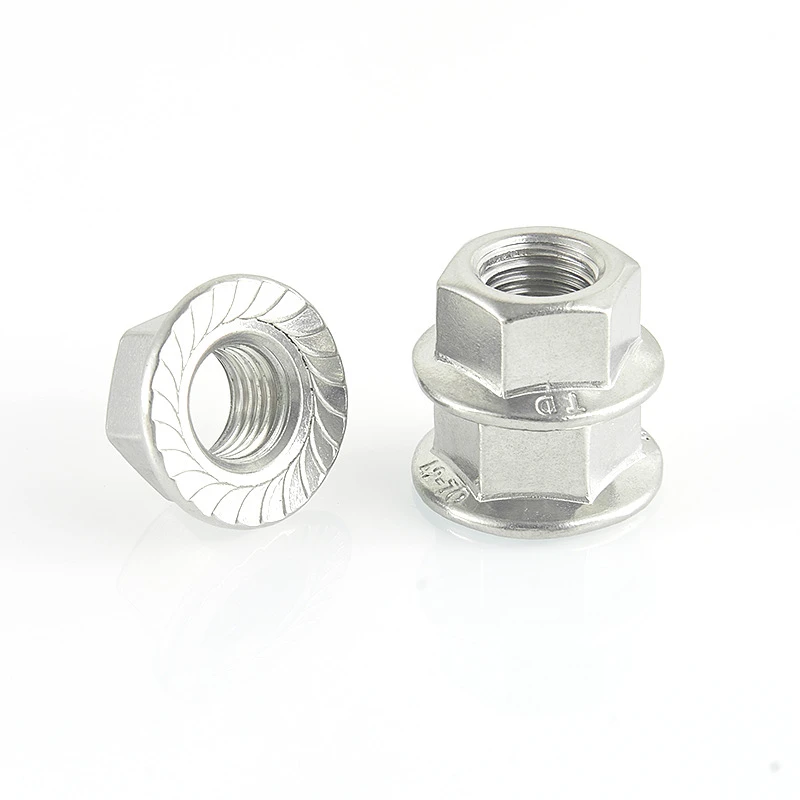

m6 bolt
12月 . 17, 2024 11:31 Back to list
m6 bolt
Understanding M6 Bolts A Comprehensive Guide
When it comes to fastening components together in mechanical and engineering applications, the M6 bolt is a fundamental element that cannot be overlooked. This commonly used metric fastener serves various purposes across different industries, from automotive to construction. This article will explore the M6 bolt in detail, elucidating its specifications, applications, and advantages.
What is an M6 Bolt?
The M in M6 designates that this bolt is part of the metric system, and the number 6 indicates the nominal diameter of the bolt's shank 6 millimeters. M6 bolts come in various lengths, typically ranging from 10 mm to 100 mm, and can be found in different grades and materials, such as stainless steel, carbon steel, and alloy steel. The choice of material and grade affects the strength and corrosion resistance of the bolt.
Specifications and Standards
M6 bolts adhere to several international standards, including ISO 4014 and DIN 931 for hexagon head bolts. The specifications involve features such as thread pitch, which for M6 bolts is commonly 1.0 mm. This thread pitch provides a stable grip, ensuring that the bolt can withstand significant loads without loosening. The bolt's head can also come in various forms, including hexagonal, socket, and round, depending on the specific application and the tool available for installation.
Applications of M6 Bolts
M6 bolts are incredibly versatile and are used in a multitude of applications. In the automotive industry, they fasten components in engines, chassis, and other parts where reliability and strength are paramount. Similarly, in the construction sector, M6 bolts secure structural elements, ensuring stability and integrity in buildings and bridges.
m6 bolt

Electronics manufacturers also utilize M6 bolts for mounting circuit boards and securing components within enclosures. The aerospace industry relies on M6 bolts for assembling aircraft parts, where weight and strength considerations are crucial. Furthermore, M6 bolts are often used in furniture assembly, providing durability and ease of disassembly for transport.
Advantages of Using M6 Bolts
One of the key advantages of M6 bolts is their availability and standardization. Being part of the metric system, they are easily sourced worldwide, making them a go-to choice for engineers and manufacturers. Additionally, the use of M6 bolts simplifies inventory management, as they can be used across various applications with minimal variations.
Another significant benefit is their strength-to-weight ratio. M6 bolts, especially those made from high-grade materials, can bear substantial loads while remaining relatively lightweight. This characteristic is particularly advantageous in applications where weight is a concern, such as in aerospace and automotive engineering.
The installation of M6 bolts is also straightforward, thanks to their compatibility with standard tools. This ease of use contributes to quicker assembly times and reduces labor costs in manufacturing and construction processes.
Conclusion
In summary, M6 bolts are a critical component in a wide range of applications, from automotive to construction, electronics, and furniture assembly. Their standardized specifications, ease of installation, and favorable strength-to-weight ratio make them an ideal choice for engineers and manufacturers alike. As industries continue to innovate and advance, the demand for reliable fastening solutions, such as M6 bolts, will undoubtedly persist. Understanding the characteristics and applications of M6 bolts is essential for anyone involved in design and manufacturing, ensuring the integrity and durability of their projects.
Latest news
-
Premium Fasteners Manufacturer | AI-Driven Solutions
NewsAug.01,2025
-
Hot Dip Galvanized Bolts - Hebei Longze | High Strength, Corrosion Resistance
NewsAug.01,2025
-
High-Strength Hot Dip Galvanized Bolts - LongZe | Corrosion Resistance, Custom Sizes
NewsAug.01,2025
-
Best Self Tapping Screws for Drywall - Fast & Secure Installation
NewsJul.31,2025
-
High-Strength Hot Dip Galvanized Bolts-Hebei Longze|Corrosion Resistance&Customization
NewsJul.31,2025
-
Hot Dip Galvanized Bolts-Hebei Longze Metal Products|Corrosion Resistance&High Strength
NewsJul.31,2025

